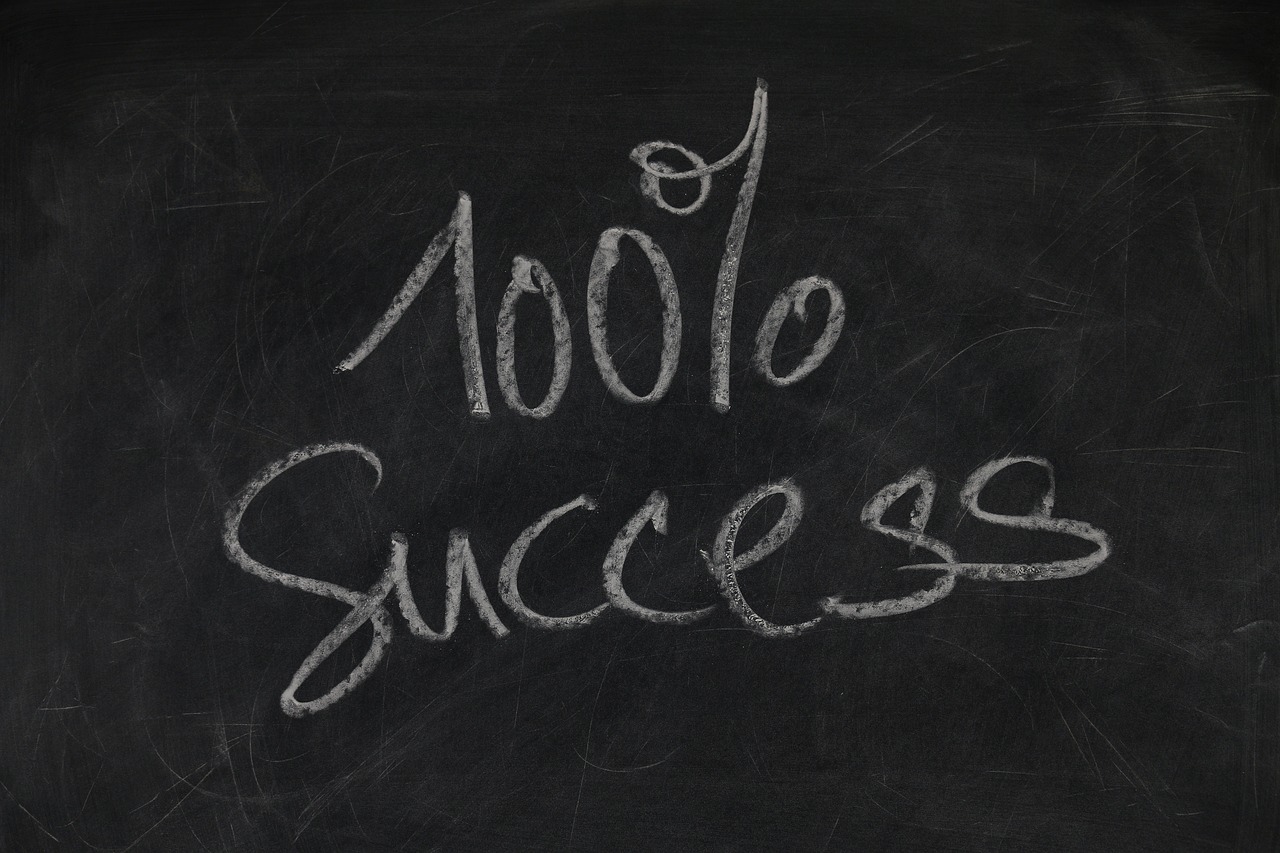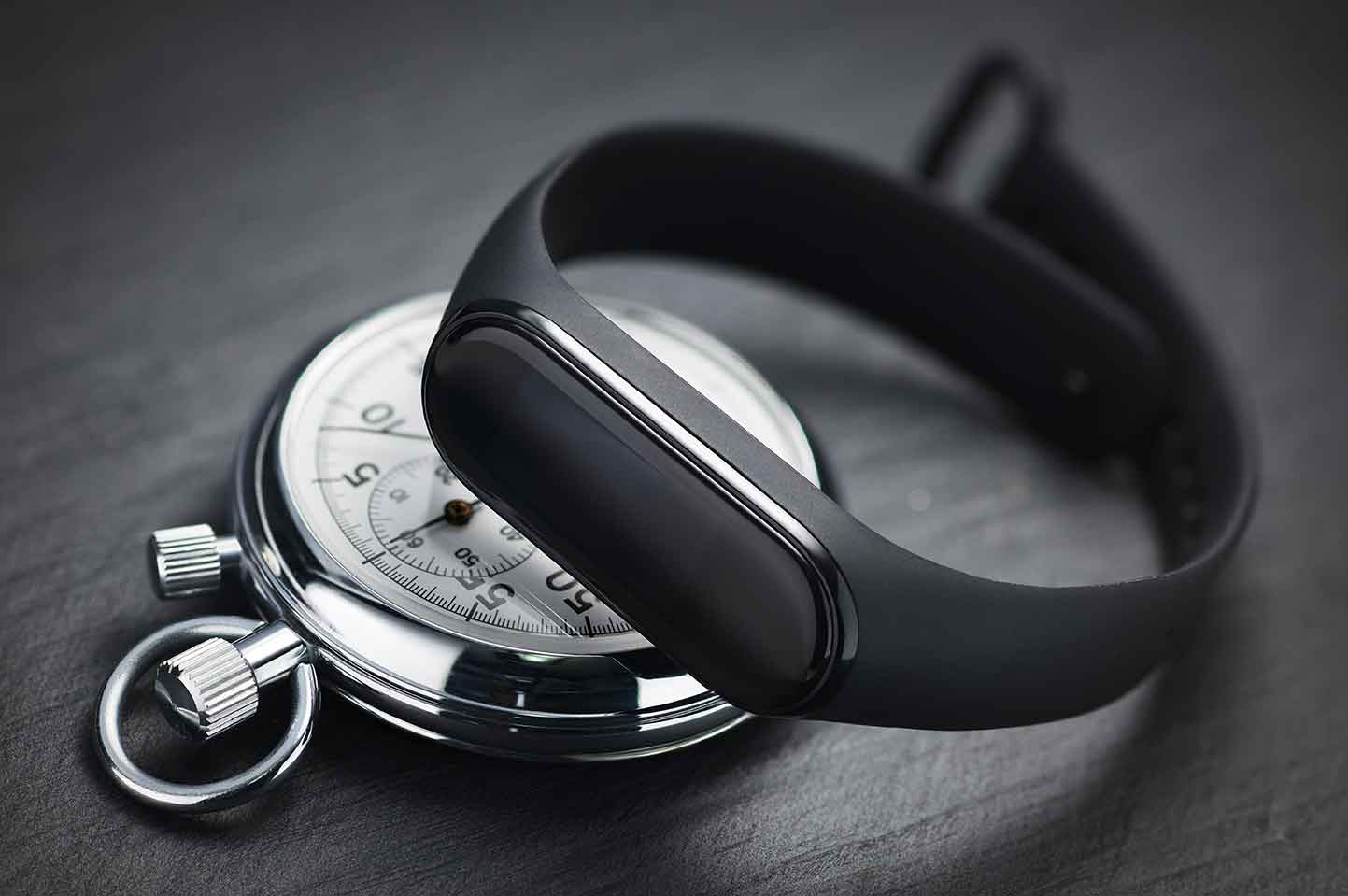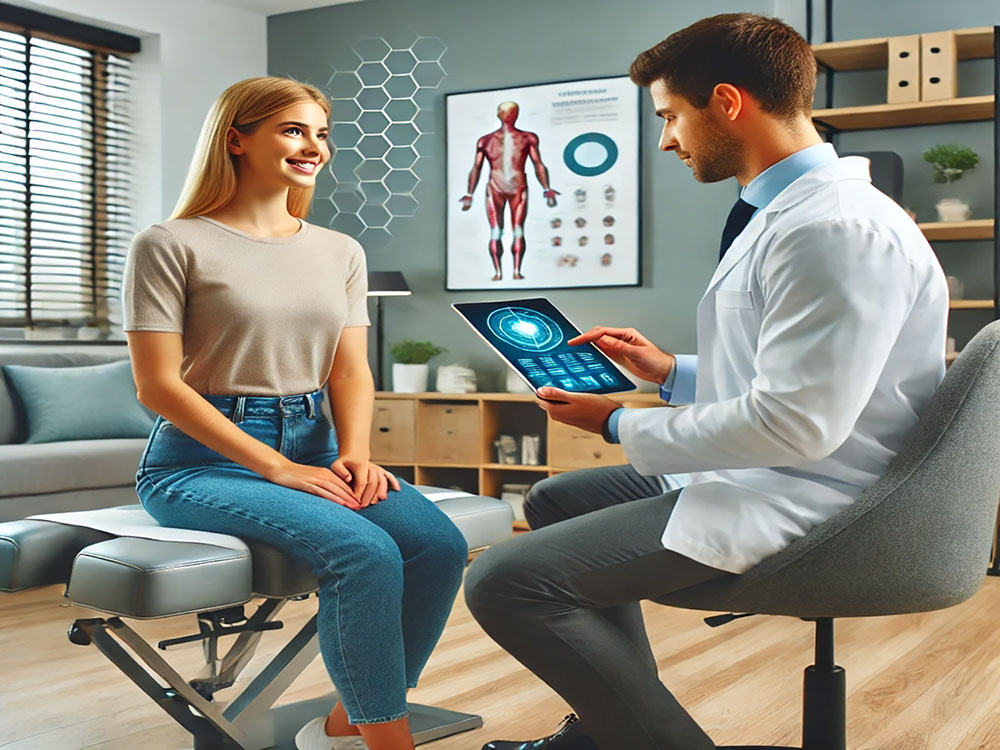-
EHR 10 Jan 2025 Addressing Workflow Challenges: Enhancing Efficiency in Healthcare Practices
The daily workflow in a healthcare practice is a complex orchestration of tasks, from patient documentation to follow-ups, billing, and ...
-
EHR 15 Dec 2024 Revolutionizing Healthcare with AI: Debunking Myths and Embracing Custom Solutions
Myths About AIThe buzz around artificial intelligence (AI) often leads to misconceptions, especially when it comes to its actual capabilities. ...
-
EHR 20 Nov 2024 EHR for Small Practices: Balancing Cost, Features, and Scalability
The Growing Need for EHRs in Small PracticesSmall medical and chiropractic practices face a unique challenge when adopting technology like ...
-
EHR 16 Nov 2024 Empowering Patients: Active Participation in Treatment Plans
Chiropractic care has long been recognized as a cornerstone for pain relief and improved mobility. Yet, the ultimate goal isn’t ...
-
EHR 08 Nov 2024 Why Interpretation Matters More Than Data Volume in EHR Systems
The role of Electronic Health Records (EHR) has been widely embraced as a solution for efficient patient management. However, as ...
-
EHR 01 Nov 2024 Revolutionizing Patient Care: The Role of Wearable Data Integration in Digital Patient Chart EHR
The world of healthcare is advancing at an impressive pace, and one of the key drivers behind this progress is ...
-
EHR 31 Jul 2024 Enhancing Chiropractic Practice with Digital Patient Chart EHR Systems
In today’s fast-paced healthcare environment, the integration of technology into daily practice is not just a convenience; it’s a necessity. ...
-
EHR 17 Jul 2024 Unlock the Power of Referrals with Digital Patient Chart EHR
As a chiropractic doctor, your reputation and patient satisfaction are key elements in growing your practice. One of the most ...







